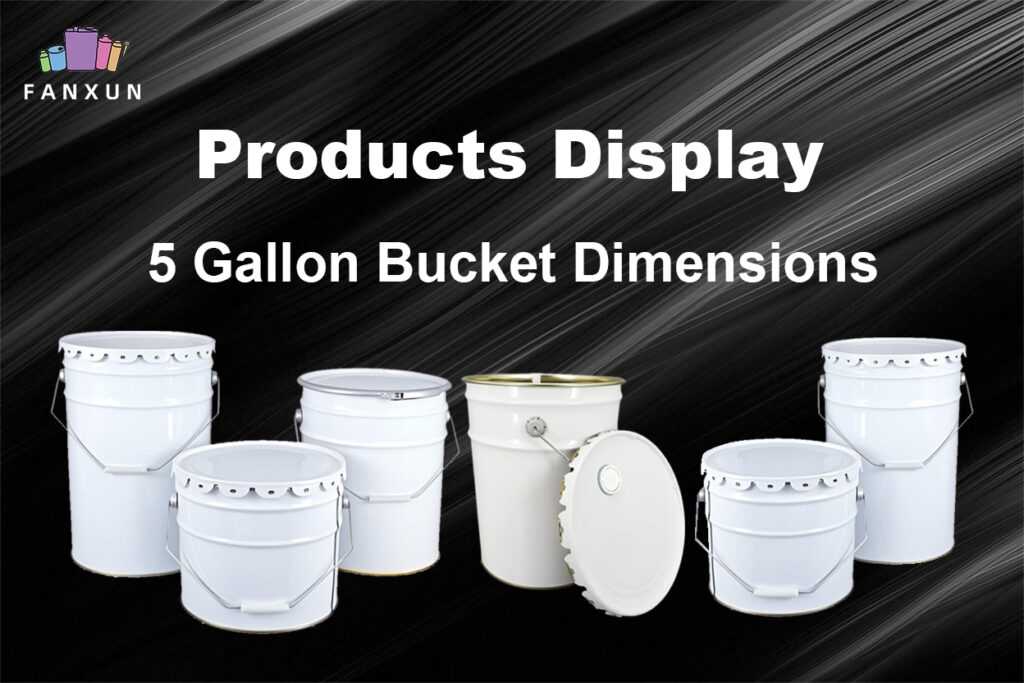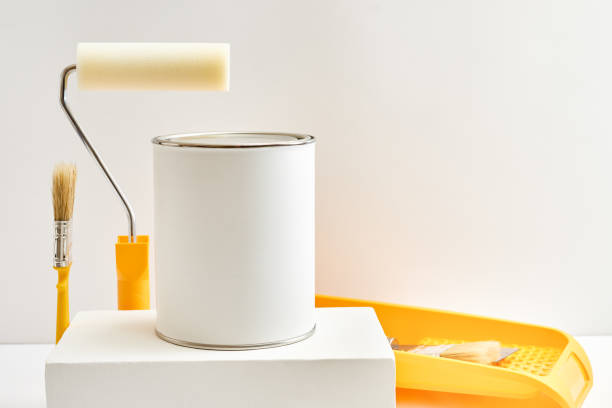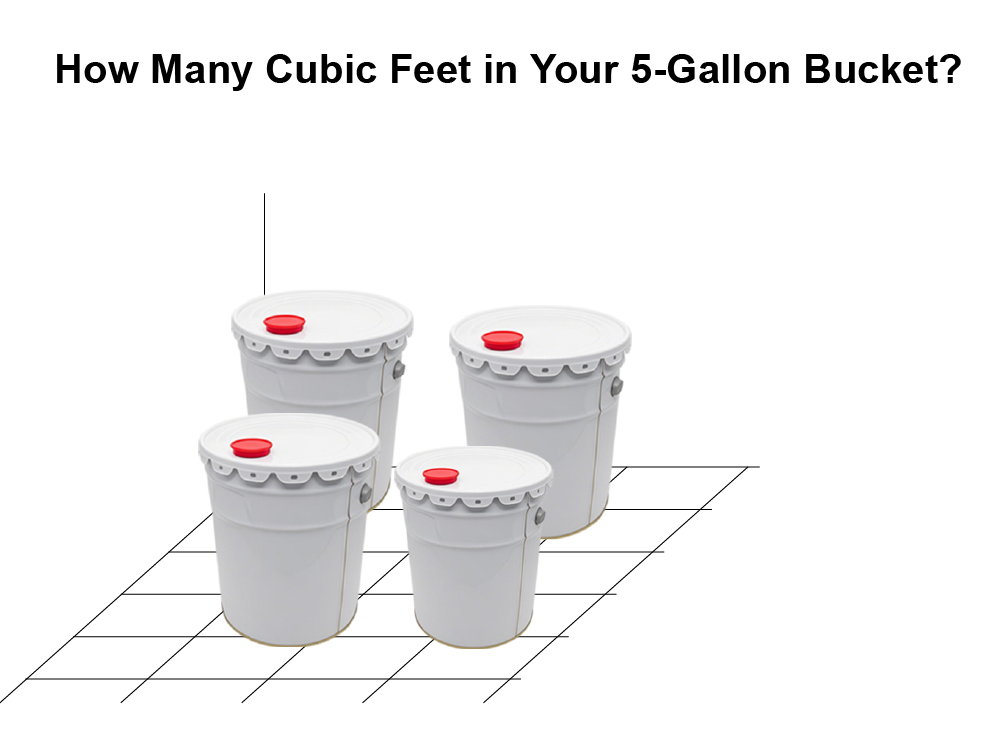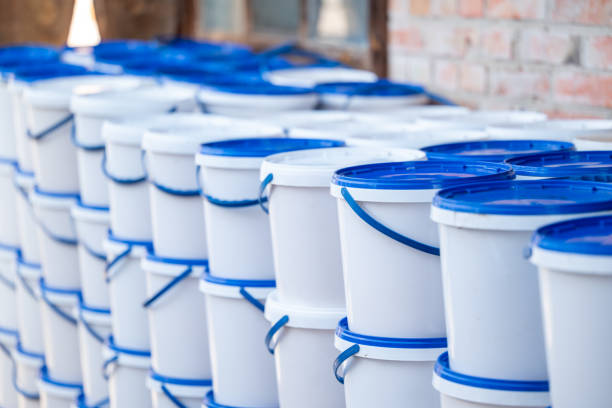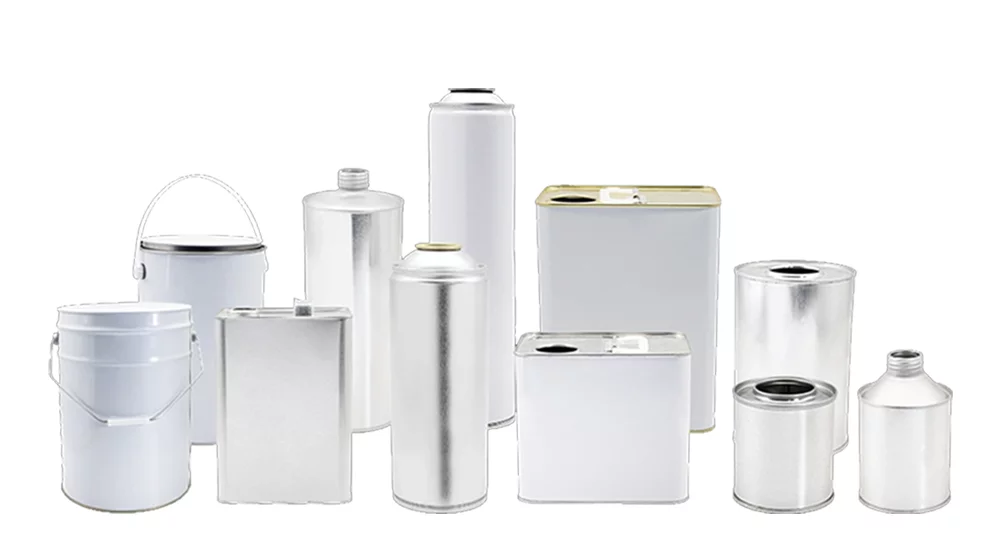
In our daily lives, aerosol cans and spray cans seem to be very common items. Have you ever used air fresheners, insecticides, hair sprays, spray moisturizers, itp.? Most of these products use puszki aerozolowe Lub spray cans as packaging containers. Their appearance may be very similar, but there are significant differences between them. Understanding the difference between aerosol cans and spray cans can not only help you use these products better, but also avoid unnecessary problems caused by improper use.
The difference in their working principles.
An aerosol can is a container that uses pressurized gas to push liquid out. It usually contains liquid and pressurized gas (such as liquefied gas or inert gas). This gas exerts pressure on the liquid, thereby ejecting the liquid through the nozzle. The working principle of an aerosol can is similar to that of an “air compressor”, which relies on the pressure of the external gas to push the liquid out. Common aerosol can products include hair spray, odświeżacze powietrza, and insecticides.
The working principle of a spray can is relatively simple, and it usually relies on the internal compressed air or the pressure of the liquid itself to achieve the spray effect. The design of spray cans usually does not rely on external pressurized gas. Its nozzle design allows the liquid to form a fine mist spray when passing through the nozzle. Spray cans are more suitable for occasions that require a fine mist atomization effect, such as spray-type moisturizers, spray-type hair care products, itp.
Why use pressurized gas to push liquids?
The design of aerosol cans allows it to store more liquid in the container and release it evenly in the form of a spray. Spray cans rely more on the fluidity of the liquid itself and the design of the nozzle to achieve the spray effect. Aerosol cans can release a large amount of liquid in a shorter period of time, which makes it particularly suitable for those occasions that require fast and continuous spraying. Spray cans are suitable for occasions that require controlled spray volume and fine spray.
In addition, there are some differences in the construction of aerosol cans and spray cans. Aerosol cans are usually more complicated than spray cans. The interior of the aerosol can requires the design of a special gas tank and liquid tank, and the release of gas and the spray of liquid are adjusted through special valves and nozzles. The structure of the spray can is relatively simple, usually consisting of a container, a nozzle and an air valve. During use, the spray force of aerosol cans is usually strong and the spray volume is large, which is suitable for some applications that require strong spraying; while the spray volume of spray cans is small, which is more suitable for spray moisturizing, water mist spray and other scenes.
Safety performance
In addition to the differences in working principles and structures, aerosol cans and spray cans are also different in safety. Aerosol cans contain pressurized gas inside, so special care should be taken during use to avoid impact, puncture or overheating, otherwise there may be a risk of gas explosion or container rupture. Spray cans are relatively safe because they do not rely on external pressurized gas, but it is still necessary to be careful not to use them under high temperature or extreme conditions. Understanding their safe use methods can better avoid unnecessary risks.
Chemical composition
In addition to the differences in working principles and structures, aerosol cans and spray cans also differ in chemical composition. The pressurized gas in aerosol cans is usually liquefied. Common gases include propane, butane or other compressible gases, which can remain liquid at room temperature, thereby releasing energy through pressurization to push the liquid out of the can. Since aerosol cans contain flammable gases, it is necessary to pay attention to fire prevention and explosion prevention when using them, and avoid long-term exposure to high temperature environments.
The gas composition in spray cans is usually simple, and air or harmless compressed gas (such as carbon dioxide) is common. These gases will not pose a threat to the environment or users, and the composition of spray cans is relatively more environmentally friendly. This is also one of the reasons why some personal care products, such as spray perfumes and conditioners, use spray cans. Products using spray cans tend to pay more attention to delicate atomization effects and comfortable use experience, so the composition of the gas will also be milder, reducing irritation to the skin.
The use scenarios of aerosol cans and spray cans are also different.
Aerosol cans are widely used in some products that require strong spraying. Na przykład, insecticides, odświeżacze powietrza, car cleaners, itp., the design concept of these products is to cover a large area in a short time and release a large amount of spray. The high-pressure design of aerosol cans can ensure the rapid release of large doses, allowing users to complete cleaning or disinfection work in a short time.
Relatively speaking, spray cans are more common in the field of personal care. Na przykład, spray-type moisturizing water, spray-type makeup setting spray, spray-type sunscreen, itp. The spray effect of these products is usually more delicate, with a higher degree of atomization and a smaller spray volume, which is more suitable for daily skin care. The lightweight design of the spray can is easy to carry, and its spraying effect is more uniform, which can achieve a more detailed care effect.
Environmental protection
The difference between aerosol cans and spray cans is also worth paying attention to. Since liquefied gas is usually used inside aerosol cans, and many gases themselves have the properties of greenhouse effect gases, aerosol cans are less environmentally friendly. Spray cans are more environmentally friendly because they usually use air or more environmentally friendly gases as power sources. For consumers who pay attention to environmental protection, choosing spray cans may be a more sustainable choice.
Streszczenie
Although aerosol cans and spray cans are very similar in appearance, they have significant differences in design principles, usage functions, i bezpieczeństwo. Understanding these differences will help us make more wise choices when purchasing and using related products. Whether choosing an aerosol can or a spray can, you should make a decision based on specific usage needs to achieve the best use effect.















